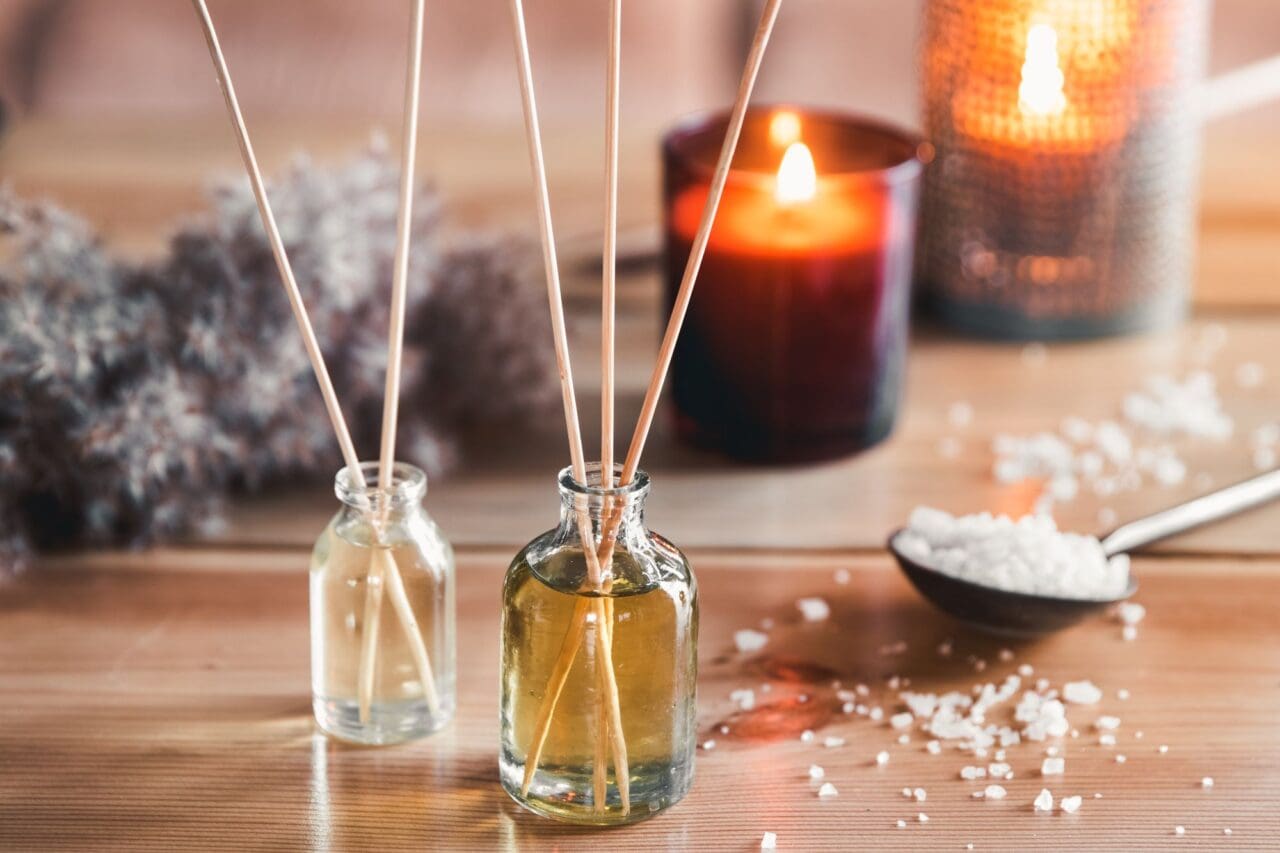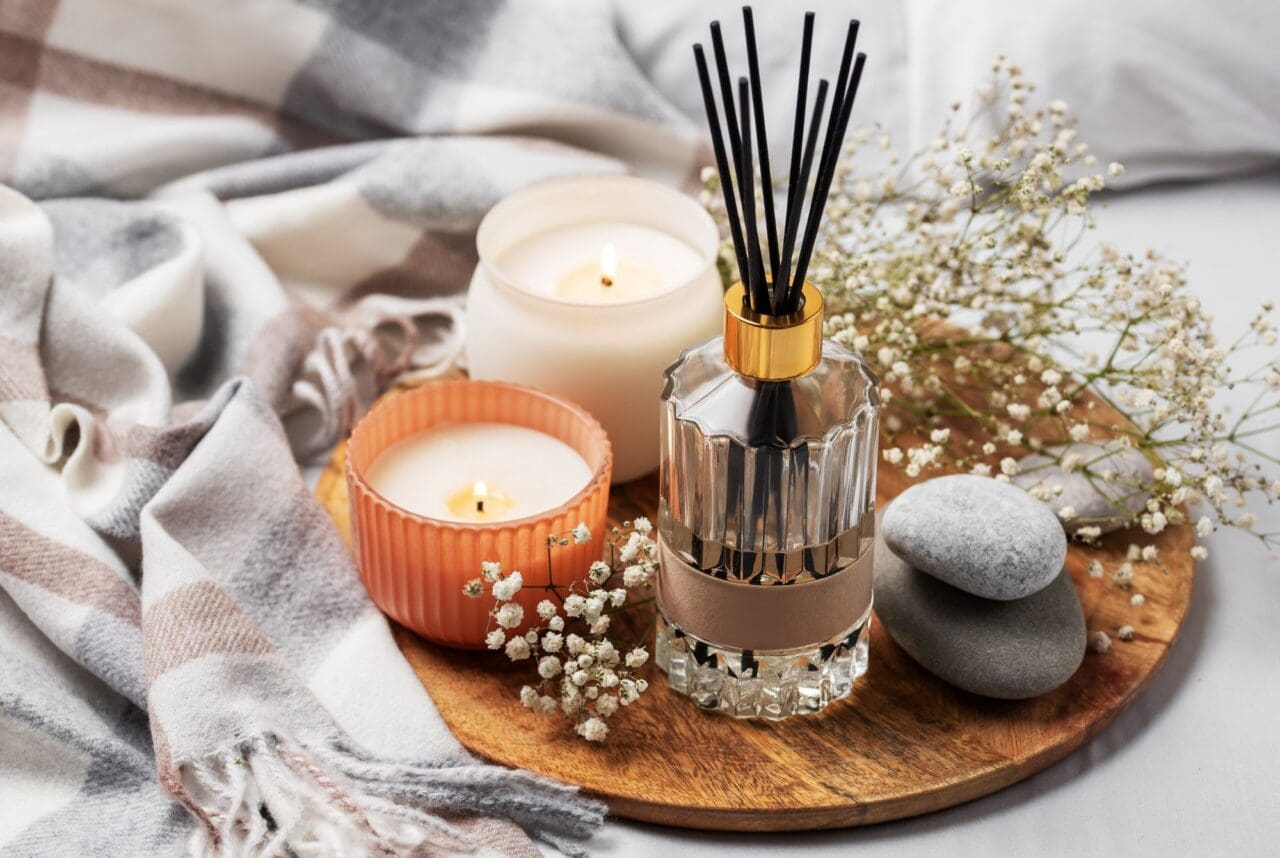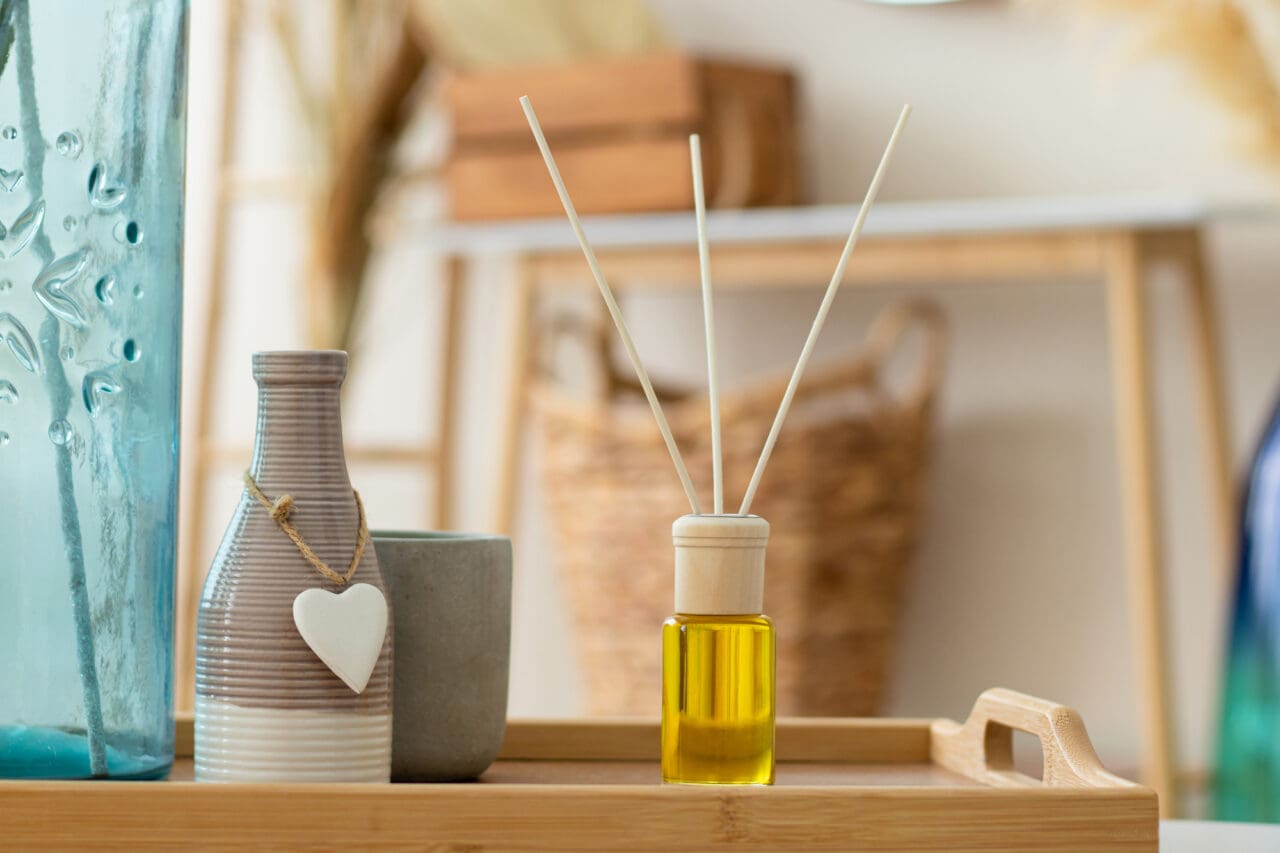The Best Reed For Your DIY Reed Diffuser

Looking for the best reed for diffusers to use for your DIY reed diffuser?
Reed diffusers have become increasingly popular due to their ease of use and ability to personalize your home fragrance experience. These diffusers rely on natural or synthetic reeds to absorb and emit scent from the fragrance oil.
Selecting the right type of reed plays a crucial role in optimizing the diffusion process and achieving your desired fragrance intensity. In this article, we will explore the different types of reeds available for DIY diffusers, their properties, and how to choose the best option for your needs.
Check out these related articles!
Top 7 Signs That You Need a Humidifier In Your Home
Air Purifier Vs. Humidifier; Which One is Best For You
Types of Reeds

Rattan Reeds
Rattan reeds are the quintessential choice for DIY reed diffusers, prized for their natural composition and exceptional porous structure.
Extracted from the rattan plant, a type of vine found in tropical regions, these reeds are distinguished by their capillary channels that run the length of the reed. This unique structure facilitates the efficient absorption and diffusion of fragrance oils, making them highly effective in scent distribution.
The effectiveness of rattan reeds in diffusing scent is largely attributable to their natural porosity, which ensures a consistent and long-lasting fragrance throw. Additionally, their eco-friendly nature and lower likelihood of clogging make them a popular choice for many DIY enthusiasts.
Bamboo Skewers
While not traditionally designed for use in reed diffusers, bamboo skewers represent an alternative option. Compared to rattan reeds, bamboo skewers have a less porous structure, which can result in a slower and less intense diffusion of scent.
This characteristic may necessitate more frequent flipping of the skewers to maintain the desired level of fragrance intensity. Despite these limitations, bamboo skewers are often appreciated for their availability and aesthetic appeal, offering a visually appealing option for those prioritizing the design aspect of their diffuser setup.
However, if you choose to use bamboo skewers for your DIY reed diffuser, you should be prepared for potentially varying results in scent distribution.
Fibre Reeds
Synthetic reeds offer a modern alternative to their natural counterparts, engineered to mimic the porous nature of rattan but with added durability and longevity. These reeds are typically made from polyester or other synthetic materials, designed to absorb and diffuse fragrance oils effectively.
One of the primary advantages of synthetic reeds is their resistance to clogging, a common issue with natural reeds over time. This resistance can lead to a more consistent scent throw and reduced need for replacement, making synthetic reeds a cost-effective option for long-term use.
However, it’s important to note that fiber reeds are not eco-friendly as they are not biodegradable. The choice between synthetic and natural reeds often comes down to personal preference, with some users favoring the traditional and natural appearance of rattan reeds.

How to Choose the Best Reed for Diffusers
While there are only three types of reeds to choose from, it can still be overwhelming to settle on the right choice. We’ve got your back, though. Here are the key factors to consider;
Desired Fragrance Strength
Do you prefer a subtle and long-lasting fragrance experience, or a more pronounced and immediate scent throw? Rattan reeds are well-suited for a subtler effect, while fiber reeds excel at delivering a stronger fragrance. Bamboo falls somewhere in between.
Diffuser Vessel Size
The size of your diffuser vessel also influences reed selection. Larger diffusers can accommodate more reeds, allowing for greater fragrance intensity. Conversely, smaller diffusers might overpower the space with too many reeds. Consider the ratio of diffuser size to the number of reeds for optimal scent control.
Reed Flipping Frequency
The frequency with which you flip the reeds in your diffuser impacts the fragrance emission. Reeds flipped more frequently will release fragrance more readily. If you plan on flipping the reeds less often, rattan reeds might be a better choice due to their slower, steadier diffusion.
| Feature | Rattan Reeds | Bamboo Reeds | Fiber Reeds |
| Material | Natural (Rattan) | Natural (Bamboo) | Synthetic |
| Absorption Rate | Moderate | Less Effective | Excellent |
| Fragrance Release Rate | Slower | Faster | Strong and Consistent |
| Benefits | Eco-friendly, Less Clogging | Affordable, Readily Available | Consistent Performance, Adjustable Intensity |
| Ideal For | Subtle, Long-lasting Fragrance | Moderate Fragrance | Strong Fragrance |

How to Get the Best Out of Your Reeds
Ensuring your reeds are properly prepared before their initial use can significantly enhance the performance of your DIY reed diffuser. This preparation process optimizes the reeds’ ability to absorb and diffuse fragrance oil efficiently, contributing to a more consistent and lasting scent distribution. Here are steps to prepare your reeds for optimal performance:
Choose the Right Number of Reeds
Start by determining the desired intensity of the fragrance in your space. A higher number of reeds increases the scent throw, while fewer reeds result in a subtler aroma. Typically, starting with 5 to 8 reeds is recommended for an average-sized room.
Soaking the Reeds
Before inserting the reeds into the diffuser oil, it’s beneficial to soak their tips in the oil for approximately 10 to 20 minutes. This initial soaking jump-starts the wicking process, allowing the reeds to begin absorbing the oil more rapidly.
Flipping the Reeds
After the initial soaking period, flip the reeds so that the soaked end is pointing upwards. This action not only helps to initiate the scent distribution but also ensures that the oil is absorbed throughout the entire length of the reed, maximizing fragrance dispersion.
Regular Maintenance
To maintain the efficiency of the reed diffuser, flip the reeds every few days. This practice helps to rejuvenate the scent throw and prevents the channels within the reeds from becoming clogged with dust or oil residues.
Monitoring Oil Levels
Keep an eye on the level of diffuser oil in the container. As the reeds absorb and diffuse the oil into the air, the liquid level will gradually decrease. Refill the diffuser with oil as needed to ensure continuous fragrance distribution.

